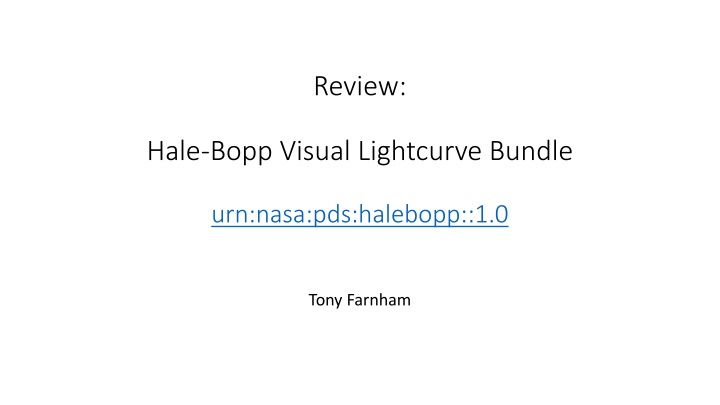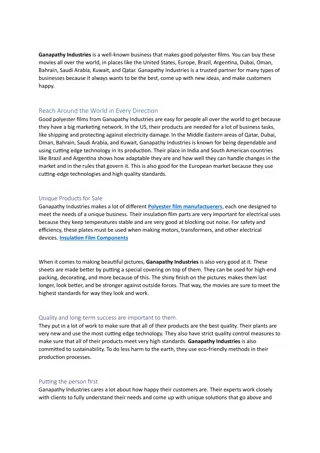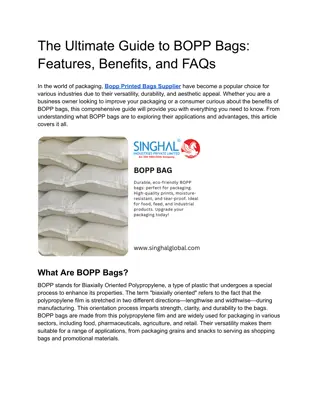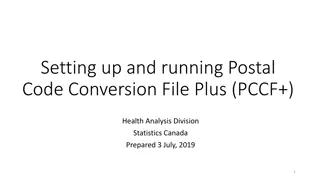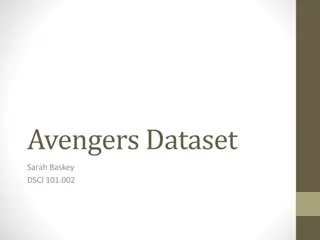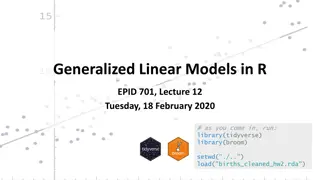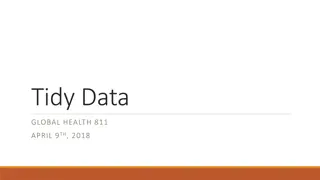Review of Hale-Bopp Visual Lightcurve Dataset
Dataset containing visual magnitudes of comet Hale-Bopp collected from ICQ publications. The data underwent corrections and cleaning to ensure accuracy and reliability. Minor discrepancies and typos were identified and addressed in the review process.
Download Presentation

Please find below an Image/Link to download the presentation.
The content on the website is provided AS IS for your information and personal use only. It may not be sold, licensed, or shared on other websites without obtaining consent from the author.If you encounter any issues during the download, it is possible that the publisher has removed the file from their server.
You are allowed to download the files provided on this website for personal or commercial use, subject to the condition that they are used lawfully. All files are the property of their respective owners.
The content on the website is provided AS IS for your information and personal use only. It may not be sold, licensed, or shared on other websites without obtaining consent from the author.
E N D
Presentation Transcript
Review: Hale-Bopp Visual Lightcurve Bundle urn:nasa:pds:halebopp::1.0 Tony Farnham
Dataset Description Set of visual magnitudes of comet Hale-Bopp, collected from ICQ publications over the entire apparition Magnitudes unified into a composite dataset by applying corrections for: Geocentric distance Phase function Observer offsets (systematic) Cleaning the data Remove problematic measurements of various types Measurement methods, catalogs, multiple points, etc. Remove observers who show statistical biases from the consensus
Review I did a preliminary review of this dataset earlier, and presented some suggestions at that time to improve the dataset Submitters addressed all the suggestions and resubmitted Overall, the data and documents look good. Able to read and manipulate the measurements Reproduced the plots given in the documents directory + others Discussion of statistical analyses was clear and very informative Only a few minor issues, and one request
Manipulating data M vs r: Reproduces the figure shown in the documents directory
Manipulating data M vs time: Clearly shows the pre-perihelion break in slope discussed in statistical analysis document
Minor Issues Discrepancies in the Data files and Documentation: Data file: whypointsremovedfromdata.csv (Column Y) includes the entries: "Used a telescope under 5.5 magnitude" and "Used binoculars under 3.3 magnitude" Document: REASONS_DATA_WERE_REMOVED.PDF Says "If telescopes were used under 5.4 magnitude or binoculars used under 1.4 magnitude. (5.4 and 1.4 also used in the statistics list in that file) Pre/Post Data files and labels: mph column lists the phase correction as coming from Schleicher et al 2011 Document: SCHLEICHERDUSTPHASEHM_TABLE.TXT Cites it as Schleicher (May 2010) I didn't see anywhere that specified where it actually came from (note that it was captured from his website?)
Typo File hblcpostperihelion.csv "Comet phase angle in degrees at reported date as per aJPL HORIZONS Ephemeris query --> "date as per a JPL HORIZONS Ephemeris query Warning note: the phrase "as per a JPL HORIZONS Ephemeris query isn t particularly meaningful without a reference to the orbit solution that was used there. Not an issue for H-B, but in other situations, the elements can change.
Request The only time entry is given in the T format, which is perfectly acceptable Difficult to use, especially in EXCEL It would be nice to have a second, linear time entry JD or time from perihelion
Final Result Dataset can be certified
